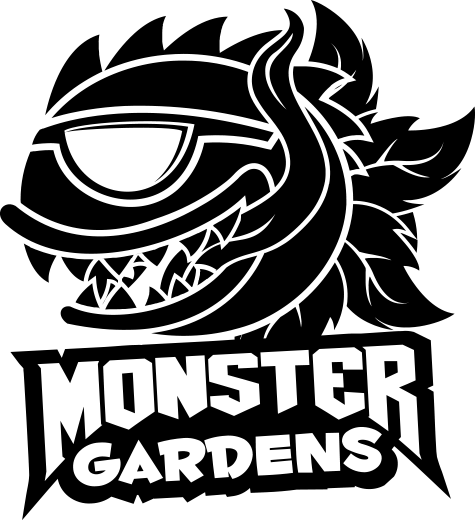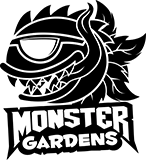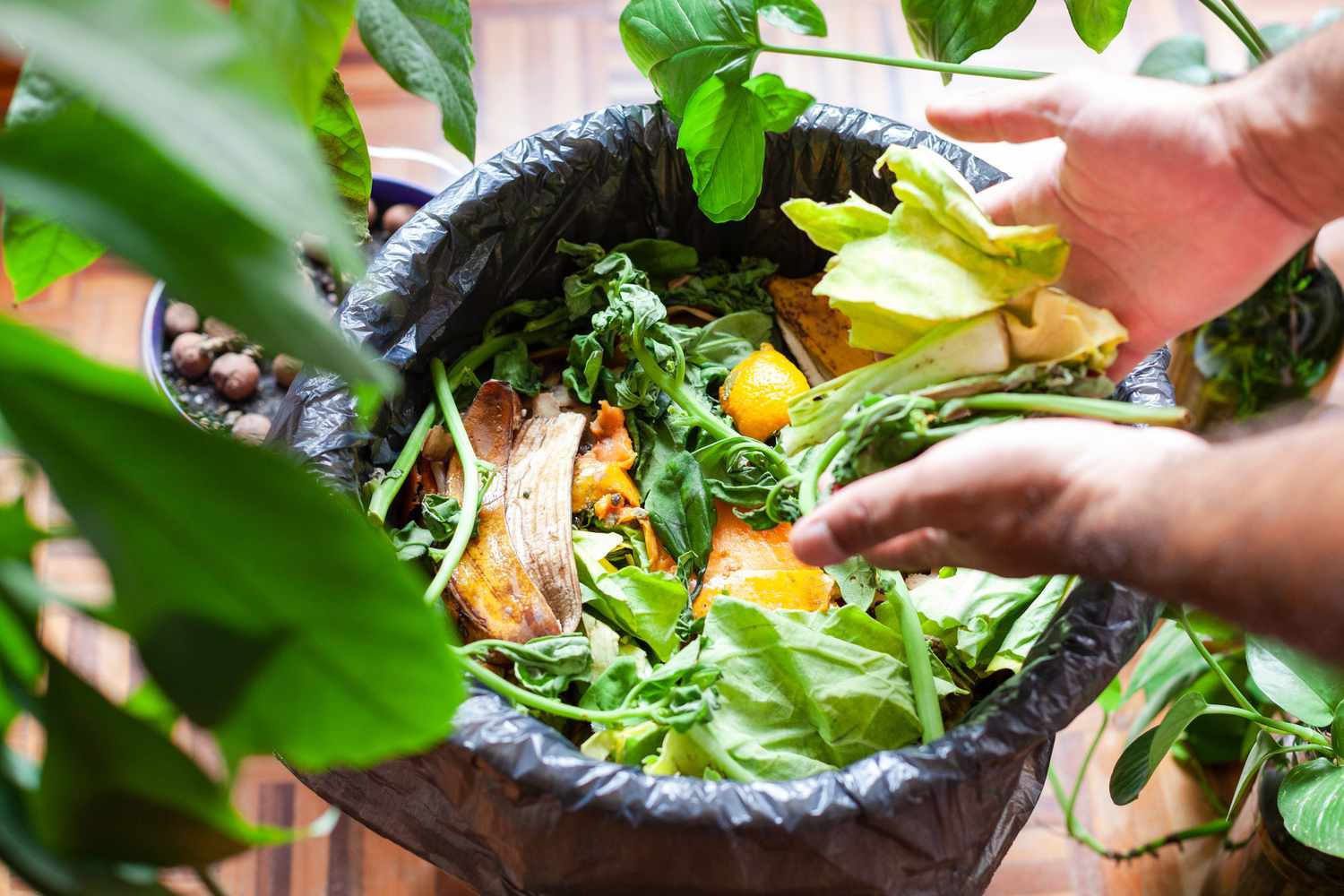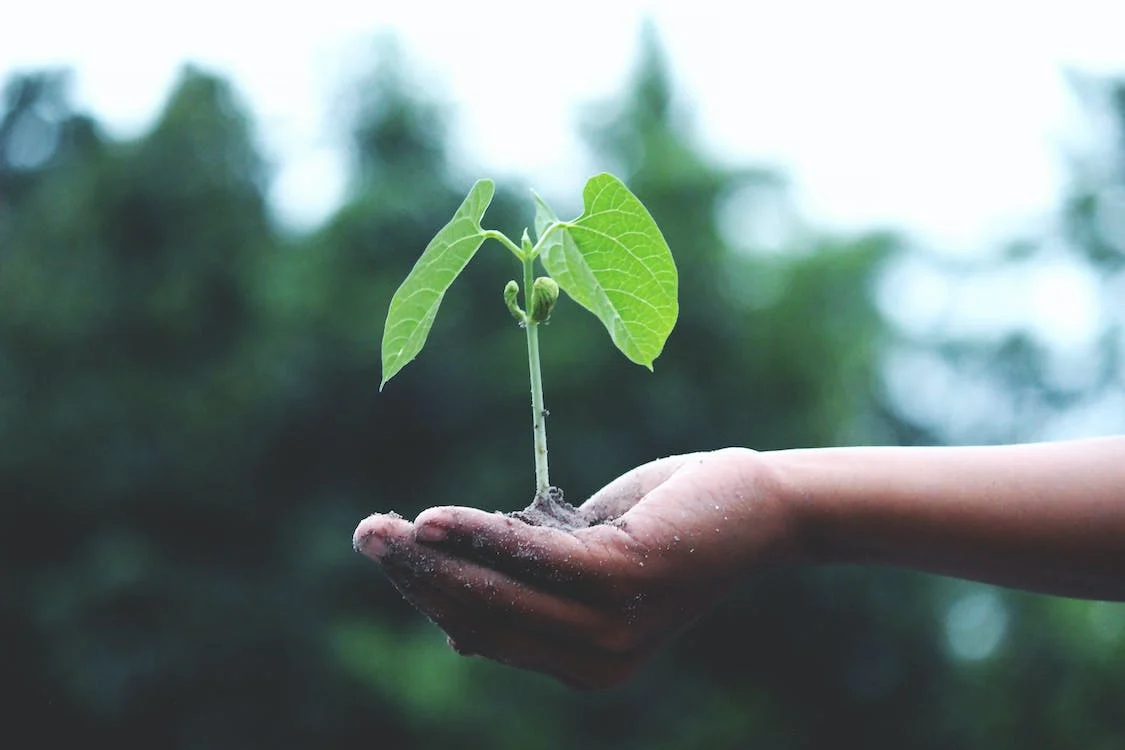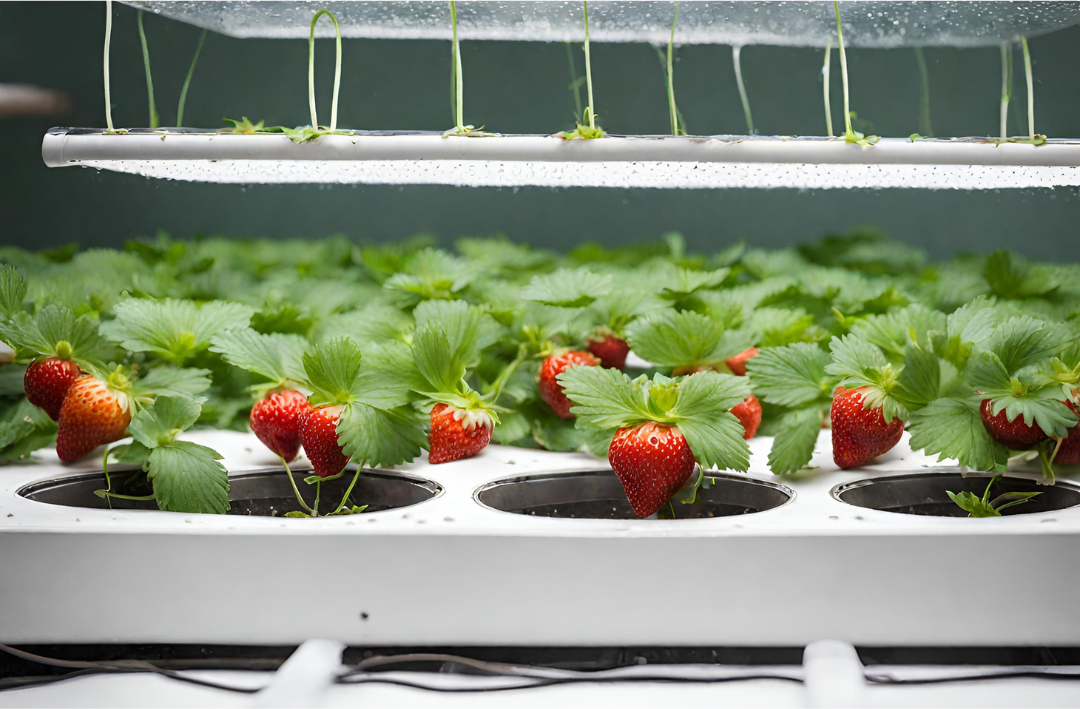
Using LED Lights in Hydroponics
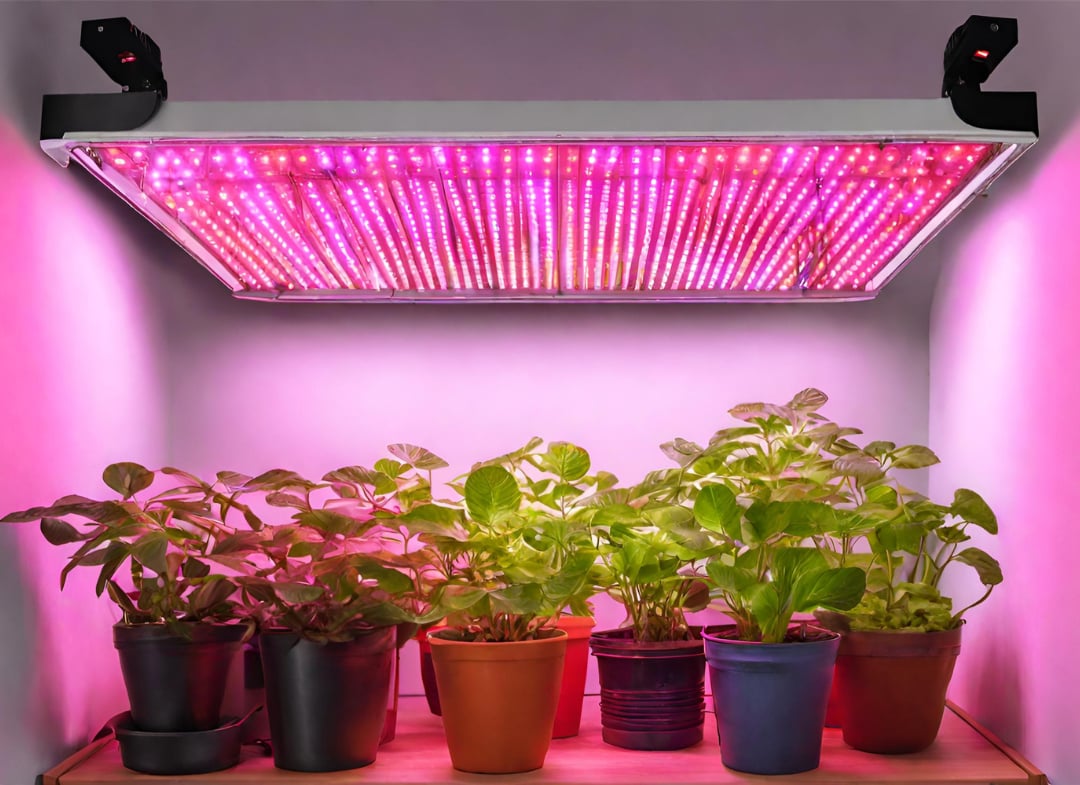
In recent years, LED lights have grown from an eco-friendly alternative to the main source of energy for hydroponic growers, as case studies have shown that LEDs are not just more efficient for the grower but better for plants in their grow cycles. It is important in indoor growing to mimic a plant’s natural condition, and innovations in LED lighting are helping growers get closer to this goal. Overall, in hydroponics, LED lights offer precision, energy efficiency, versatility, and long-term cost savings that are beneficial for a broad range of hydroponic systems. Whether you’re using a DIY home set-up or you’re gearing up for a commercial operation, LEDs offer copious options for hydroponic growing.
Benefits of LEDs for Hydroponic Growing
- The advantages of using LEDs in hydroponics over conventional light sources start with the benefits of full spectrum lighting. Plants grow most optimally within the specific ranges of blue light (450nm) and red light (660nm). Red light has been shown to catalyze photosynthesis for plants, improve stem and flower growth, and help regulate their circadian rhythm. Blue light also helps with these processes, in addition to boosting chlorophyll and chloroplast development as well as enzyme synthesis. [1] LED lights allow growers to control the spectrum of light their plants receive, resulting in sturdier, healthier, and more productive plants. Typically, blue light is best for the first stages of a plant’s development, promoting strong, compact seedlings and stimulating chlorophyll production. As plants start to grow, a combination of blue and red light is used to promote stem, leaf, and flower growth. As they reach their primary growth period, red light is optimal for continued flowering and fruiting.
- LED lights emit less heat than high intensity discharge (HID) lamps, which means they can be placed closer to plants without overheating the leaves. As a result, LEDs produce the same rates of photosynthesis and reduce evaporation while using less energy. In addition, this opens up the option of intercanopy lighting in medium to large scale operations, where lights are placed at different levels of an operation rather than only overhead. With these systems, it is easier for growers to control the growth of the plants, as they know how much direct blue-red light the leaves of the plants will be getting.
- There are long-term cost savings with LED lights, and this goes a long way toward creating a self-sustaining garden. While LEDs are usually more expensive up front, the energy efficiency over time will cost less on the monthly electric bill. While it depends on the area you live, using LED lights for an at-home hydroponic system can see costs as little as $10 per month.
How to Use LEDs in Hydroponics
As with all things in hydroponics, your LED setup will depend on the size and type of hydroponic system you’re using. However, there are rules and tips that are consistent no matter the scope of your setup.
- Initial Set-up: If you’re just getting started with LEDs with a home hydroponic system, there are two methods for application. First, if you were previously using T5 fluorescent lights, you could get individual LED tubes and attach them to the T5 fixture. When placing the fixture over your plants, it’s best to have two LED tubes for every rail in your hydroponic system (e.g. 4 rails = 8 tubes). If you want to use LEDs and don’t already have a fixture available, then you could invest in a full LED fixture. The Nextlight 150h grow light is a great start-up option for hydroponics.
- Positioning: Make sure that lights are an adequate distance from plants to ensure optimal growth. In general, a space of about 6-12 inches is best for using LED lights in hydroponics. Light can be placed closer in the initial stages of plant growth, but distance can be increased and intensity reduced as plants mature.
- Mimic Natural Conditions: Give plants the amount of light they would usually receive outdoors. This will require some research on the amount of light different plants need in order to thrive. Most LED light fixtures have dimmers, and these can be used to change intensity throughout the day. If you don’t have the ability to do this manually, you can use a timer that automatically adjusts throughout the day. Most plants require 12 to 16 hours of light per day.
- Monitor Plants: Observe leaves, stems, and flowers of plants as they grow and check for signs that they are receiving too much or too little light. Overheating usually results in brown or discolored leaves, while lack of growth is a sign that plants aren’t receiving their desired allotment of photons.
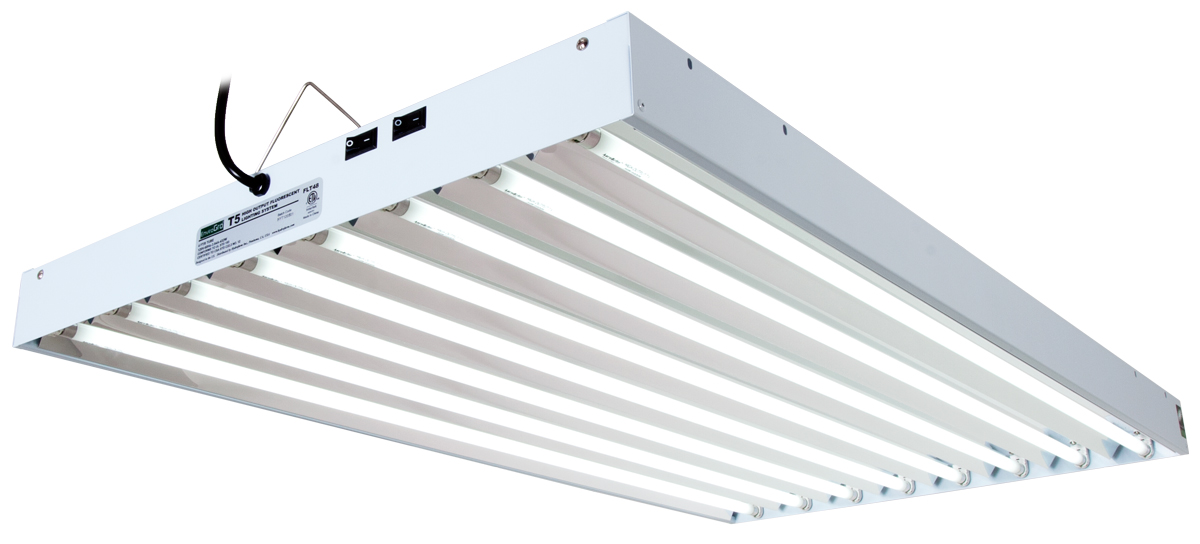
A typical fixture for at-home hydroponic set-ups.
Making LEDs Your Primary Grow Light
LED lights can be a great investment for any hydroponic set-up. They provide long-term cost and energy efficiency, higher yields, and versatility for any intrepid plant enthusiast. With a vast catalog of LEDs suitable for growers of all levels, Monster Gardens experts can assist in acquiring a good start-up LED light, or upgrading to LEDs from lights that you already have.
About the Author

